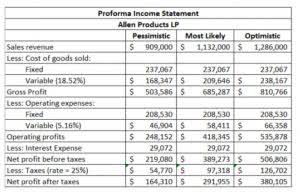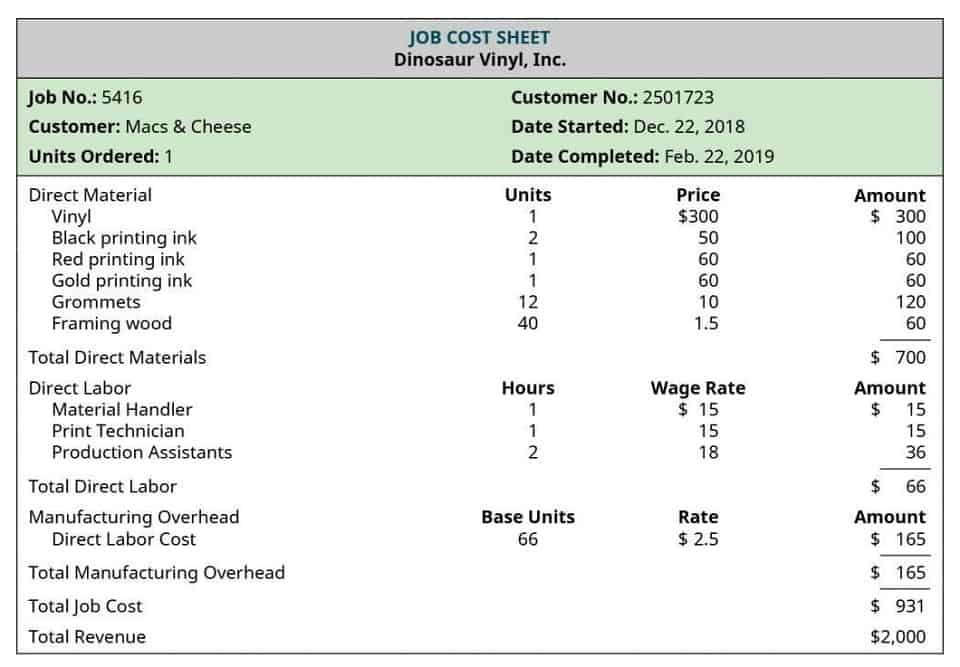
The December electricity should be recorded as of December 31 with an accrual adjusting entry that debits Electricity Expense and credits a liability account such as Accrued Expenses Payable. Companies typically use accrual accounting when they want to accurately represent their financial performance over a period, especially when revenues and expenses don’t align with cash flows. Deferral accounting may be preferred when companies want to simplify accounting processes or when cash flow is a critical consideration, such as for tax purposes or in cash-strapped situations. Deferral accounting, on the other hand, delays the recognition of revenue or expenses until cash is exchanged. Revenue is recorded when payment is received, and expenses are recorded when they’re paid, regardless of when the transaction actually occurred. Similarly, deferred expenses and revenue are not recognized on a cash basis of accounting.
![]()
Accrual vs Deferral – What’s the Difference?
Please contact the Accounting Department for the correct Online Accounting Banner FOAP number for deferred revenue items. Accrual is an adjustment made to accounts to make sure revenue and expenses are properly matched. Regardless of whether cash has been paid or not, expenses incurred to generate revenue must be recorded. For example, a client may pay you an annual retainer in advance that you draw against when services are used. It would be recorded instead as a current liability with income being reported as revenue when services are provided.

Expenses Accrual Journal Entry
Accruals mean the cash comes after the earning of the revenue or the incurring of the expense. Assume a customer makes a $10,000 advance payment in January for products you’re making to be delivered in April. You would record it as a $10,000 debit to cash and a $10,000 deferred revenue credit. It should be noted that in relation to expenses the term deferral is often used interchangeably with the term prepayment.

Timing Differences in Reporting
- A construction company has won a contract to build a certain road for a municipal government and the project is expected to be concluded within 6 months.
- This method ensures that income and expenses are matched in the period to which they relate, providing a more realistic view of a company’s profitability and financial health.
- As a result of this cash advance, a liability called “Projects Paid in Advance” was created and its current balance is $500,000.
- Now consider a different scenario where XYZ Corp pays $12,000 in December for a one-year lease on office space that begins in January.
- This means that revenues are recognized when they are earned, even if the payment is not received yet, and expenses are recognized when they are incurred, even if the payment is not made yet.
- The cost of this severance package is estimated to be $65,000 in total and the company has created a liability called “Severance to be Paid”.
Therefore, one side of the double entry of the transaction is already recognized. However, since the matching concept will not allow them to be recognized as incomes or expenses, they must be recorded in the books of the business to complete the double entry. Therefore, these are recognized as assets and liabilities instead of incomes or expenses. An accrual allows a business to record expenses and revenues for which it expects to expend cash or receive cash, respectively, in a future period. Using accruals allows a business to more closely adhere to the matching principle, where revenues and related expenses are recognized together in the same period. This results in higher-quality financial statements that incorporate all aspects of a firm’s business transactions.
What Are Some Examples of Deferrals in Accounting?
The main advantage of accruals and deferrals is that revenue accrual vs deferral and expense will be aligned, allowing firms to account for all expenses and revenue during an accounting period. This would be recorded as a $10,000 debit to prepaid costs and a $10,000 credit to cash. According to generally accepted accounting principles (GAAP), firms must record revenue when it is earned and expenses when they are incurred. To Comply with accounting standards, accrual, and deferral procedures are employed when the timing of payment differs from when it is received or a cost is incurred.

Expenses
Unlike accrual accounting, deferral accounting does not involve the use of accruals and deferrals. Since revenue and expenses are recognized based on cash movements, there is no need for adjustments to match them with the period in which they are earned or incurred. This simplicity can be advantageous for small businesses with straightforward financial transactions. Forecasting, on the other hand, benefits from the clarity provided by accrual accounting. By analyzing trends in revenues and expenses as they are recognized, rather than when cash is exchanged, companies can predict future financial positions with greater accuracy. This is particularly useful for long-term forecasting, where the timing of cash flows may be less indicative of a company’s ongoing financial health than the recognition of revenues and expenses.

What Are the Main Differences Between Accrual and Deferral Methods in Finance?
By using these methods and following GAAP, investors and other stakeholders are also able to better evaluate a company’s financial health and compare performance against competitors. For example, if a customer pays in December for services to be provided in January, the company would record the payment in December as a liability called deferred revenue or unearned revenue. The revenue would then be recognized in January when the services are Law Firm Accounts Receivable Management actually provided.
Accrual vs Deferral: Definitions and Examples
- Deferred revenue, or unearned revenue, represents cash received in advance for goods or services not yet delivered, while prepaid expenses, such as insurance or rent, are recorded as assets until they are incurred.
- On the other hand, deferral accounting recognizes revenue and expenses when cash is received or paid, without considering the timing of economic activities.
- Countick Inc. is a provider of back-office services, including bookkeeping, Accounting, Payroll, Tax Filing and ERP functional support services.
- In accounting, deferrals and accrual are essential in properly matching revenue and expenses.
- One of the key attributes of deferral accounting is the recognition of revenue.
- It allows businesses to make informed decisions based on their actual economic activities rather than just the movement of cash.
It reflects the impact of deferral accounting through line items such as prepaid expenses and deferred revenue, which indicate future expenses and income. Deferral accounting, with its focus on recognizing revenues and expenses when they are actually earned or incurred, can lead to a different set of timing differences. For example, a company may have a significant amount of cash from prepayments, but this will not be recognized as revenue until the service is performed or the product is delivered.

